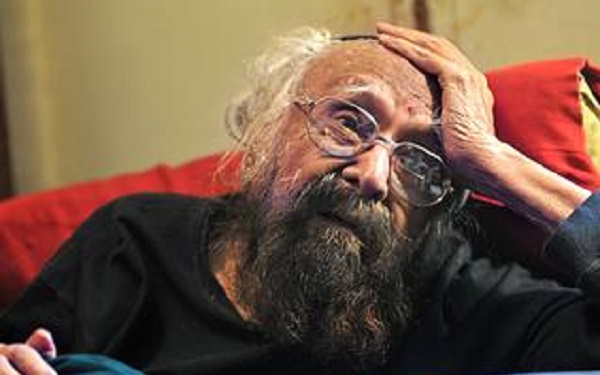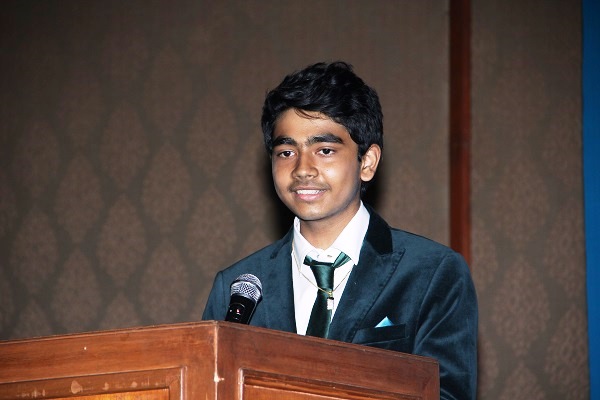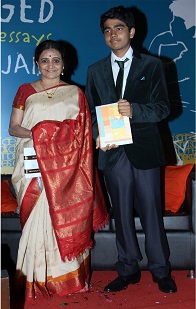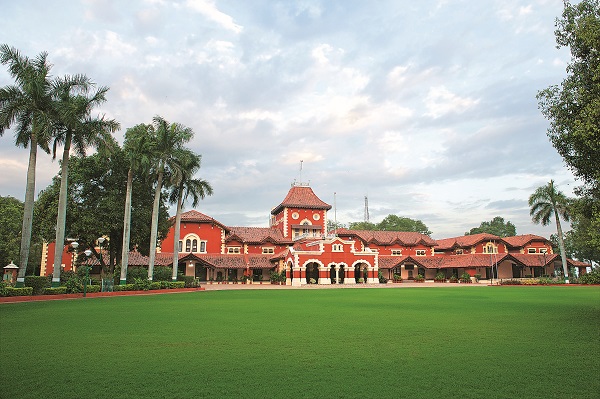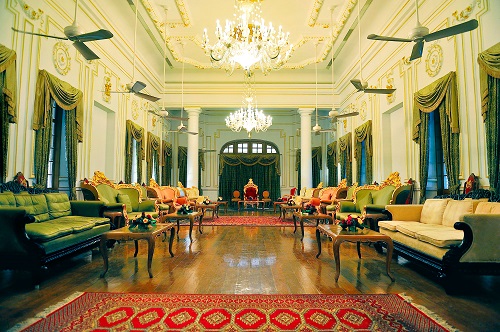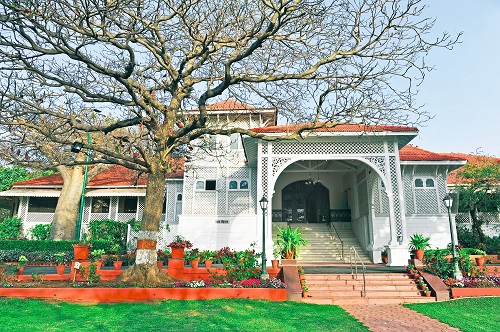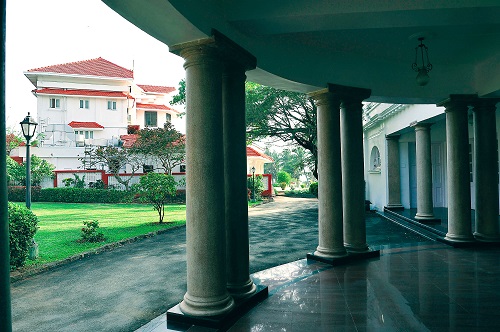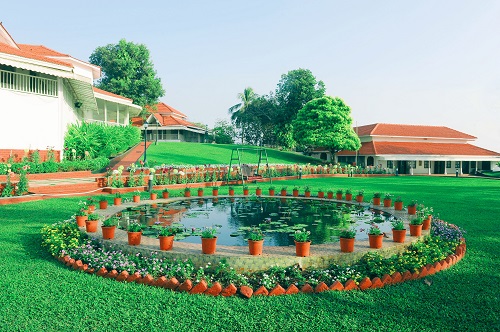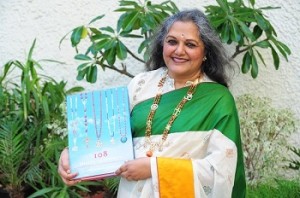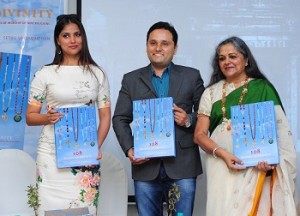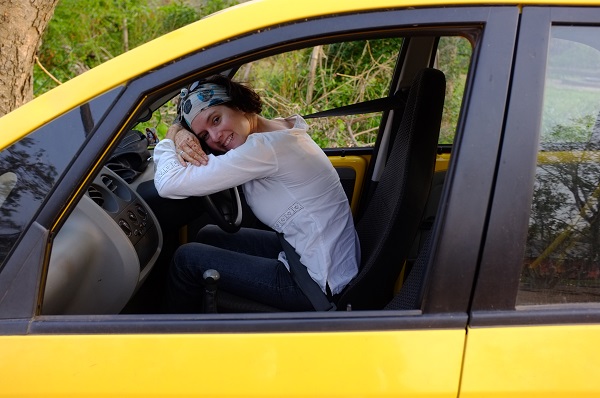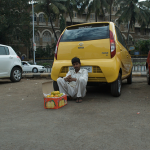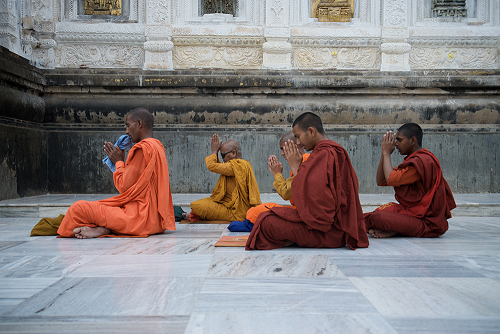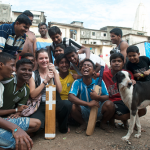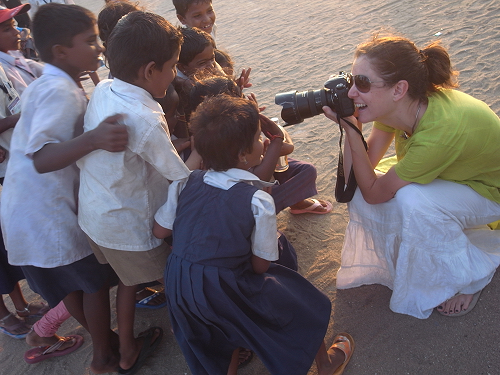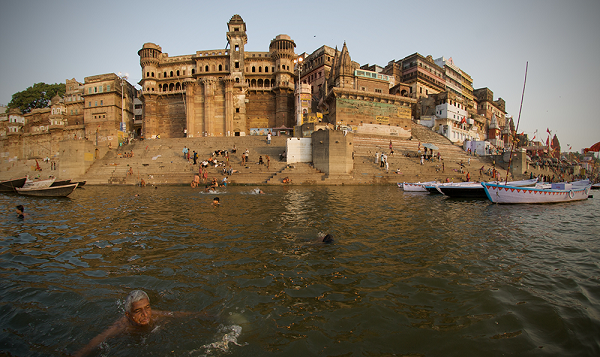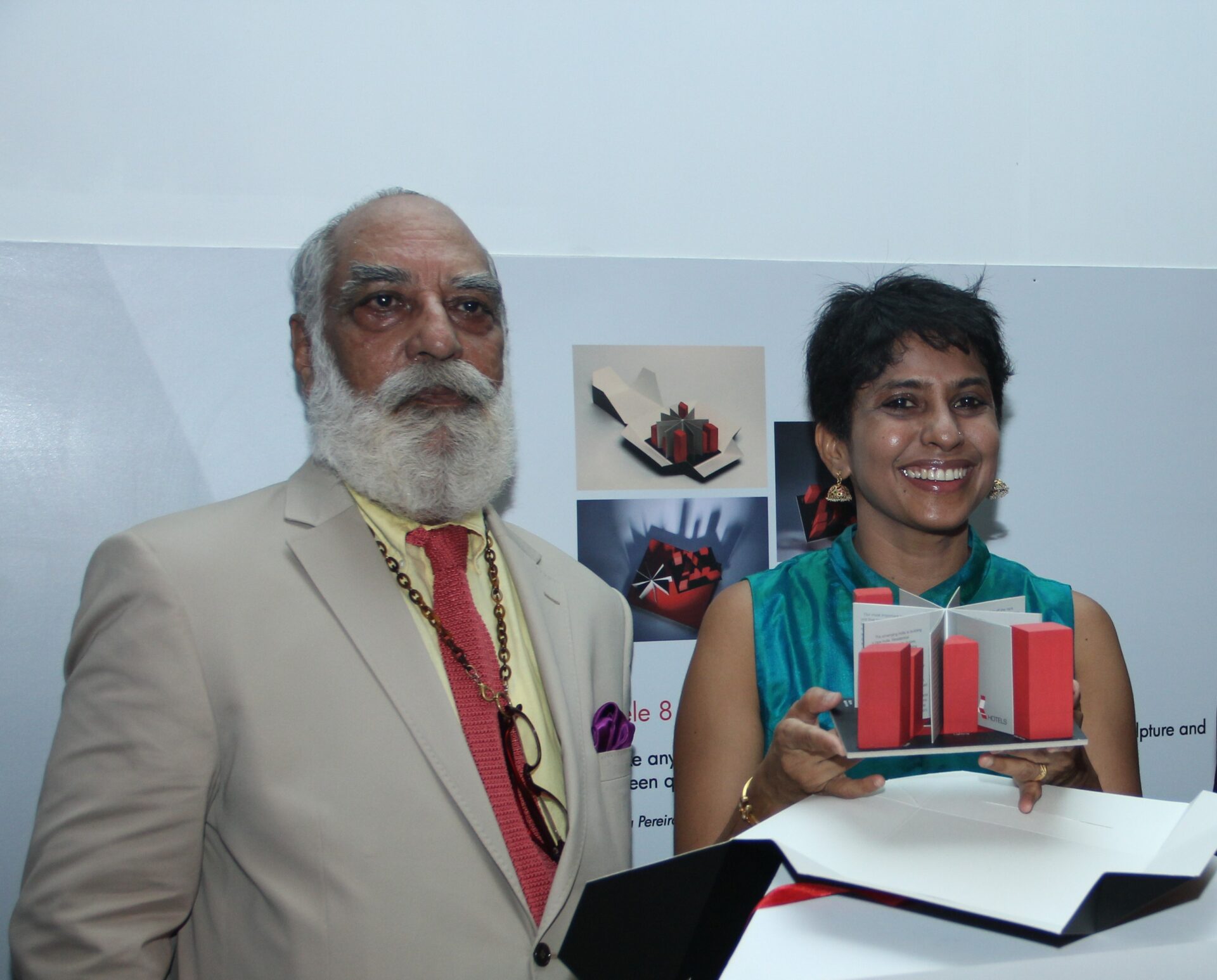British journalist Vanessa Able drove the Tata Nano 10,000 kilometres all over India, then wrote her first book ‘The Nanologues’. We speak to her about her experiences and about putting the book together.
by Vrushali Lad
Vanessa Able read up on the Tata Nano, the ‘world’s cheapest car’ and decided to take the car on a test drive in 2010 – across 10,000 kilometres, starting from Mumbai, on a circuitous route from the South to the East to the North and back to Mumbai. Vanessa’s trip lasted three months, and in the interim, she had a host of adventures with the car (she lovingly named her ‘Abhilasha’), had a run-in with several crazed Indian drivers on the roads, drove through the Naxal corridors with some trepidation, and at the end of her travels, even met Ratan Tata at his Mumbai office.
We interviewed Vanessa over email about her book, The Nanologues, which chronicles her journey and which was culled from a blog she maintained during her travels. Do look out for an excerpt from the book at the end of this piece.
Excerpts from the interview:
First of all, congratulations on an excellent and entertaining book. I’m not even a driver and I still loved reading about your adventures. How has the response to the book been?
Thank you. It’s been great. Which is quite surprising for me, as a foreigner. I was never sure how people in India would receive the writing, but both the blog and the book seem to have gone down well so far.
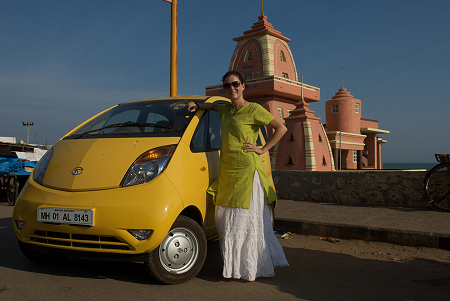 Can you describe the general feeling in the UK about the Nano, when the car was first launched?
Can you describe the general feeling in the UK about the Nano, when the car was first launched?
I’d say that most people in the UK, although they’ve heard about the Nano, tend to not know so much about it. For sure Tata as a company is on the British radar, especially after their acquisition of Jaguar and Land Rover, and the innovation of the Nano has contributed to many people’s view that India’s engineering industry is on the rise.
Mostly, I think people are excited at the prospect of a similar car being brought to Europe, though in reality that still seems to be a way off.
You mention that you planned your trip using a Lonely Planet guide book and a map. What other research did you conduct before deciding on the trip?
Very little. I was more interested in letting the road and the trip itself lead me. I knew that as I drove, the places I wanted to go and the things I needed to do would become apparent.
How have your driving habits changed after your India tour? You give an account of how you loved to cut across other cars and toot your horn when cars took too long to move out of your way? What is it like now?
Well, since getting back to Europe, I’ve had to tone down my Indian habits a bit, as the English don’t take too kindly to being honked at in traffic or being mercilessly cut up at junctions. Having said that, my husband and I now live in Rome, Europe’s most notorious city for reckless driving. In my opinion, it has nothing on India, but I have to say that my training in the likes of Mumbai and Delhi certainly primed me for Rome, which is a cakewalk by comparison.
Has anyone written to you asking for help/tips on undertaking a similar road trip?
Not really, no. And I don’t blame them 😉
Say Abhilasha had actually given you the kind of problems drivers don’t want to encounter out on the Indian roads. Did you have a backup plan in place?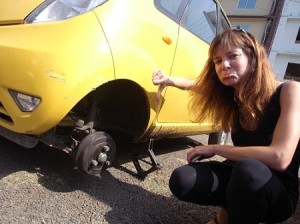
None whatsoever. I have a lot of faith in the spirit of the moment.
You mention a (quite hilarious) meeting with (journalist and former editor-in-chief of Time Out Mumbai) Naresh Fernandes in Mumbai. Post your trip, did you get the chance to meet him again?
We’re Facebook friends now, and we chat from time to time. He’s a great chap with a wicked sense of humour. I hope to meet him again next time I’m in India.
Did you ever face problems from men in India, seeing as you were an unaccompanied white female?
None. I’m not sure if it was pure luck or the aura of my naiveté. I know that many women in India do face dangers when they travel unaccompanied, but then that’s also a global phenomenon. My advice to my sisters is to always be cautious, but not to let fear get in the way of doing what you want to do and going where you want to go. An empowered woman has an energy about her that is more likely to put off predators.
How long did it take for the blog to translate into a book? Were there any revisions/rewrites required?
About 3 years! Yes, it required a lot of revision. The blog was a visceral account of the adventure, whereas the book required a lot more in terms of structure and narrative. And I discovered that the editing process can be long, much longer than the writing part.
How many photographs and videos did you shoot during the trip?
Thousands, literally.
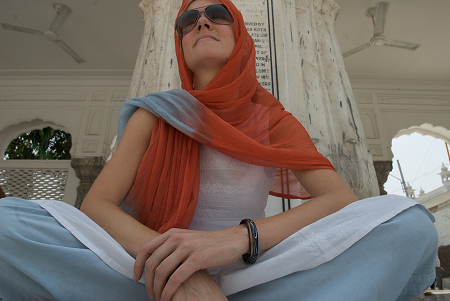 You were in Mumbai twice, at the start and the end of your journey across India. What were your impressions of the city?
You were in Mumbai twice, at the start and the end of your journey across India. What were your impressions of the city?
Mumbai makes my head spin through its sheer size and the implications of so many diverse people living together in one metropolis. As a foreigner, the city only gets interesting to me when I’m able to penetrate the surface through the friends that I have there and the other people I meet. But for sure I’d like to spend more time there and get to know the place better.
What is your next project? Are you working on a new book?
I’m still working on the UK and US editions of this book. It’s a never-ending job. It’ll be released at the beginning of 2014 under the title Never Mind The Bullocks, a play on the name of the Sex Pistols album.
Would you say an Indian on the road is a very different animal than the Indian at home?
I’d take a chance to say that, yes. But I think that people in general are very different behind the wheel to how they are in person. Driving depersonalises people: the vehicle becomes an avatar and gives us the courage to behave with previously untested vigour. Road rage is an excellent example, and I’ve experienced it myself. I would never act in front of a human being the way I do when they’re in their cars, but somehow when you’re driving, you never see the person, you only see the car.
If you hadn’t teamed up with Abhilasha, which car (in retrospect) do you think you would have chosen on a trip like this?
I’d like to see if an Ambassador could take the pace. Or a nice jugaad.
Do you plan to undertake another journey, with say, another route, in India?
I’m coming over for ‘Literature Live’ in November, so I might be tempted to go for another spin then. Perhaps through the centre of the country.
Where is Abhilasha now? Have you sold her yet?
I sold her on to a friend who lived in Auroville, near Pondicherry. The last I heard, the lady in question moved to France and left Abhilasha with her son in Chennai.
____________
An excerpt from The Nanologues:
‘A horn parped from behind and a motorbike appeared in my side mirror, squeezing itself through the space between the Nano and the Ashok Leyland. Ten tiny fingers and then a larger pair of hands walked their way across Abhilasha’s back window, steadying the bike that was already wobbling under its hefty load. From what I could see, the vehicle was being steered by a five-year-old girl with braided pigtails, gripping the handlebars from between the legs of her father who was deeply involved in some kind of transaction via his cell phone. Behind him sat a woman, presumably his wife, who was holding a baby to her chest, recognizable as such only by the appearance of a set of minute toes that peeked out from under a blanket. The woman was wearing a pink-and-yellow sari that flapped around her and beat against the number plate, while the tail end of the fabric danced teeth-clenchingly close to the spokes of the back wheel.
She was sitting side-saddle with a look of nonchalance more appropriate to the resigned boredom of a doctor’s waiting room than to moving among large vehicles along a main road with nothing to hold on to, wrapped in five metres of hazardous fabric. The hands that should have been clutching her husband or a pillion bar were instead occupied with clinging onto her newborn child with the kind of relaxed composure I could only replicated embedded in an armchair, sleepily thumbing a remote control. They were like a campaign family for suicidal bike riding.’
(Pictures courtesy Vanessa Able)
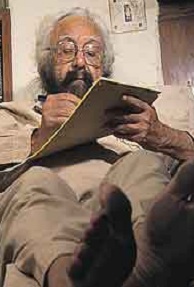 The book starts with this introduction: “I have never been a very tactful person. I have never been discreet either. I am a voyeur and a gossip. I am also very opinionated. These are good qualities to have if your aim is to be a writer who is read. I have met a good number of this subcontinent’s most famous (or infamous) and interesting people. I have also suffered famous bores, and sometimes been rewarded with behaviour so ridiculous that it becomes compelling…”
The book starts with this introduction: “I have never been a very tactful person. I have never been discreet either. I am a voyeur and a gossip. I am also very opinionated. These are good qualities to have if your aim is to be a writer who is read. I have met a good number of this subcontinent’s most famous (or infamous) and interesting people. I have also suffered famous bores, and sometimes been rewarded with behaviour so ridiculous that it becomes compelling…”